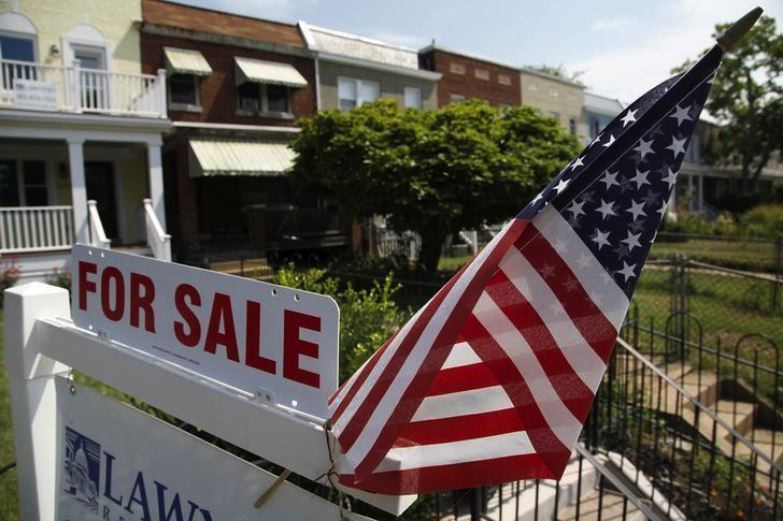
WASHINGTON – U.S. home sales increased more than expected in November, hitting their highest level in nearly 11 years, the latest indication that housing was regaining momentum after almost stalling this year.
The report on Wednesday from the National Association of Realtors also added to data ranging from the labor market to retail sales that have suggested the economy was ending 2017 on a strong note.
“The greater home sales will stoke the fires for stronger economic growth next year as consumers spend more to furnish their new homes with new appliances and furniture and all the decorations and trimmings,” said Chris Rupkey, chief economist MUFG in New York.
Existing home sales surged 5.6 percent to a seasonally adjusted annual rate of 5.81 million units last month amid continued recovery in areas in the South ravaged by Hurricanes Harvey and Irma, and solid gains in other parts of the country.
That was the highest level since December 2006 and marked the third straight monthly rise. Economists had forecast home sales rising only 0.9 percent to a 5.52 million-unit rate in November.
Existing home sales make up about 90 percent of U.S. home sales. They rose 3.8 percent on a year-on-year basis in November. Sales in the South, which accounts for almost half of the existing homes sales market, increased 8.3 percent last month. Sales rose 6.7 percent in the Northeast and jumped 8.4 percent in the Midwest.
They, however, fell 2.3 percent in the West, which has seen an acceleration in house price increases. While the housing market is expected to continue growing next year, there are concerns that a Republican overhaul of the U.S. tax code could hurt sales at the high end of the market.
The biggest overhaul of the tax system in more than 30 years, which could be signed into law by President Donald Trump soon, will cap the deduction for mortgage interest at $750,000 in home loan value for residences bought from Jan. 1, 2018, through Dec. 31, 2025.
The cap would revert to $1 million in loan value after Dec. 31, 2025.
“We expect further increases in sales in 2018, although tax reform is likely to modestly reduce demand at the high end as well as to lower prices for high-priced homes,” said David Berson, chief economist at Nationwide in Columbus Ohio.
The report came on the heels of data this week showing homebuilder confidence vaulting to a near 18-1/2-year high in December and single-family homebuilding and permits rising in November to levels last seen in the third quarter of 2007.
Housing is expected to contribute to economic growth in the fourth quarter after being a drag for two straight quarters.
The PHLX housing index was trading higher, outperforming a broadly flat stock market. The dollar slipped against a basket of currencies. Prices for U.S. Treasuries fell.
SUPPLY SQUEEZE
Despite the recent gains, home resales remain constrained by a chronic shortage of houses at the lower end of the market, which is keeping prices elevated and sidelining some first-time buyers, who accounted for 29 percent of transactions last month.
Economists and realtors say a 40 percent share of first-time buyers is needed for a robust housing market.
The number of previously owned homes on the market dropped 9.7 percent to 1.67 million units in November from a year ago, the second lowest reading since 1999. Housing inventory has dropped for 30 straight months on a year-on-year basis.
At November’s sales pace, it would take a record low 3.4 months to exhaust the current inventory, down from 3.9 months in October. A six-month supply is viewed as a healthy balance between supply and demand.
With supply tightening, the median house price increased 5.8 percent from a year ago to $248,000 in November. That was the 69th consecutive month of year-on-year price gains. In contrast, annual wage growth has struggled to break above 2.9 percent since the 2007/09 recession ended.
The government reported on Tuesday that groundbreaking on single-family homes, which account for the largest share of the housing market, jumped 5.3 percent in November to the highest level since September 2007. Housing completions continued to lag at a rate of 1.116 million units.
Realtors estimate that the housing starts and completions rates need to be in a range of 1.5 million to 1.6 million units per month to plug the inventory gap.


